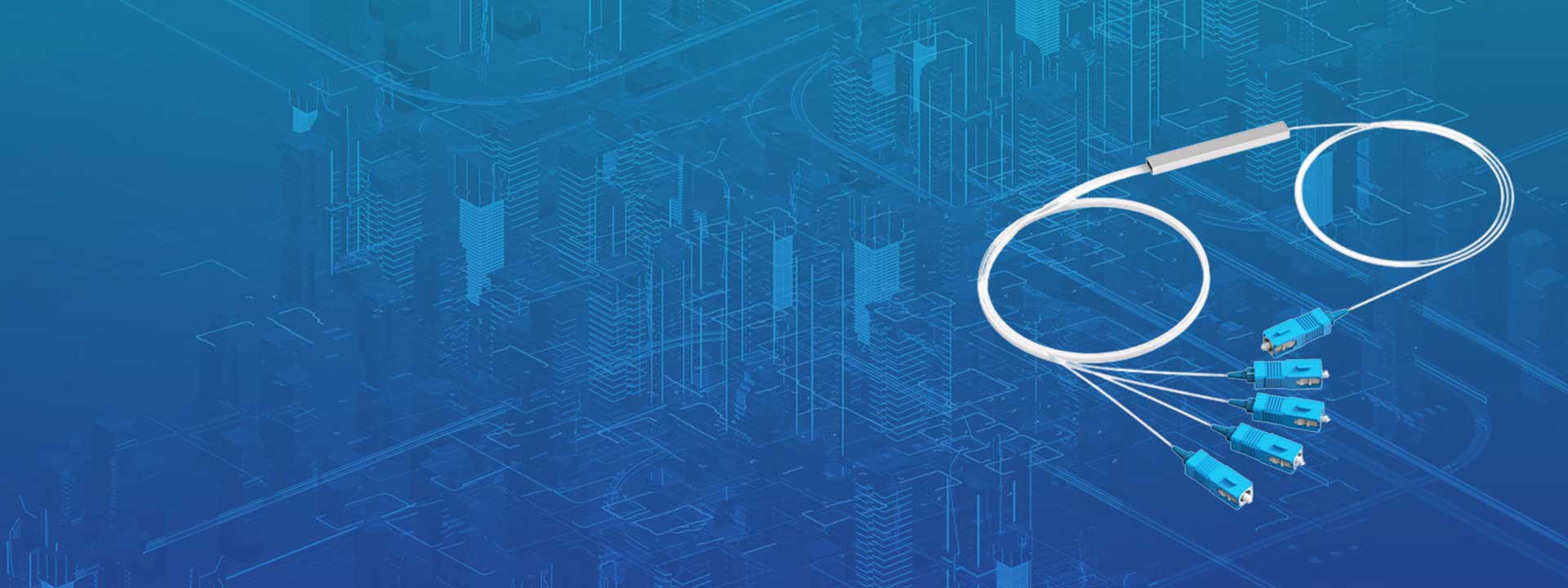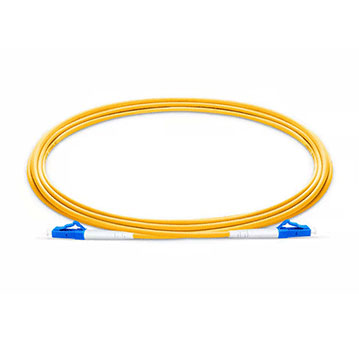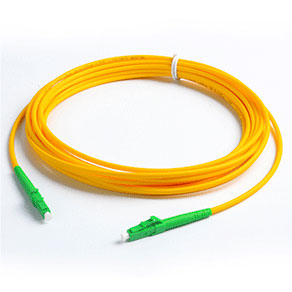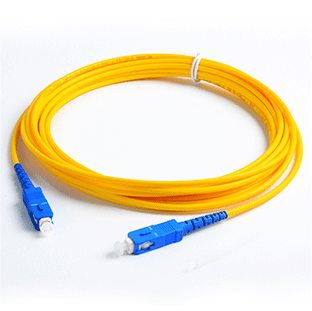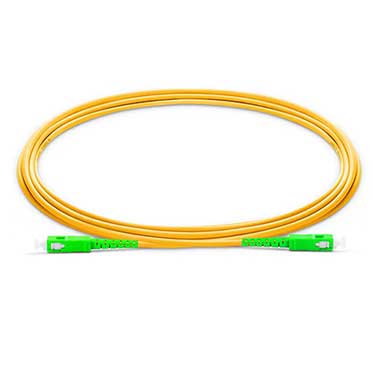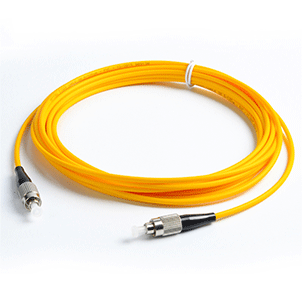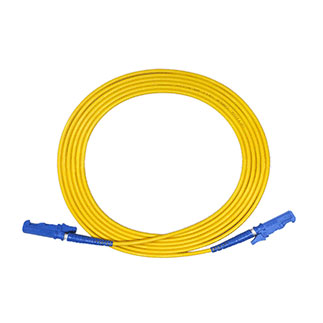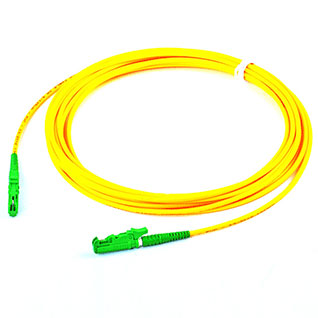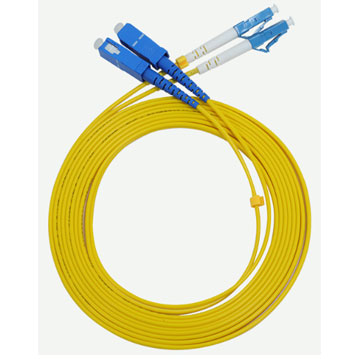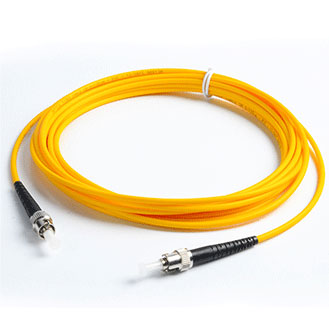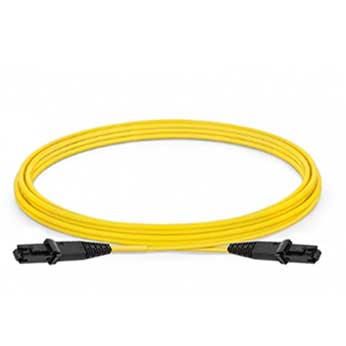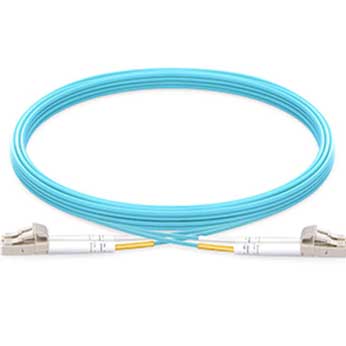LC Connector: Small form factor push-pull design with a 1.25mm ceramic ferrule, ideal for high-density environments like data centers, offering high port density.
SC Connector: Push-pull square-shaped design with a 2.5mm ferrule, widely used in CATV and FTTx networks, simple and easy to use but bulkier compared to LC.
ST Connector: Round design with a twist-and-lock mechanism, 2.5mm ferrule, suitable for industrial or outdoor environments, provides a secure connection but is larger in size.
FC Connector: Screw-on design with a 2.5mm ferrule, used in environments prone to vibration such as telecommunications and testing equipment, offers secure connections but takes longer to install.
MPO/MTP Connector: Multi-fiber connector capable of handling up to 24 fibers in a single connector, used for high-bandwidth applications like 40G/100G networks in data centers, providing high density but at a higher cost.
How to Choose the Right Fiber Optic Connector:
High-Density Applications: Choose LC or MPO/MTP connectors for maximizing space.
Vibration-Resistant Needs: Use ST or FC connectors in industrial or rugged environments.
Ease of Use: SC connectors are simple and widely used for general applications.
Multi-Fiber Requirements: MPO/MTP connectors are best for transmitting large volumes of data.
Simplex fiber optic patch cords have a single fiber that transmits data in one direction only, making them suitable for applications where one-way communication is sufficient.
Duplex fiber optic patch cords, on the other hand, contain two fibers, allowing for bidirectional communication. This means they can transmit and receive data simultaneously, making them ideal for most networking applications where two-way data flow is needed.
Insertion loss refers to the loss of signal power that occurs when a fiber optic patch cord is connected to a device or another cable. Low insertion loss is critical for maintaining strong data transmission and is typically measured in decibels (dB). High-quality patch cords have minimal insertion loss.
Single-mode fiber patch cords use a single strand of glass fiber to transmit light, allowing for long-distance communication with minimal signal loss. They are ideal for applications like telecom and long-haul networks.
Multimode fiber patch cords have a larger core that allows multiple light modes to pass through, making them suitable for shorter distances (typically within a building or campus). They are commonly used in local area networks (LANs) and data centers.
In summary, single-mode is best for long distances with less signal loss, while multimode is better for shorter distances with higher data capacity.
Fiber patch cords are short cables that have connectors on both ends, allowing you to easily connect devices in a fiber optic network.
Fiber pigtails, on the other hand, are short fiber cables that have a connector on one end and exposed fibers on the other. They are typically used for splicing into existing fiber networks.

 EN
EN
